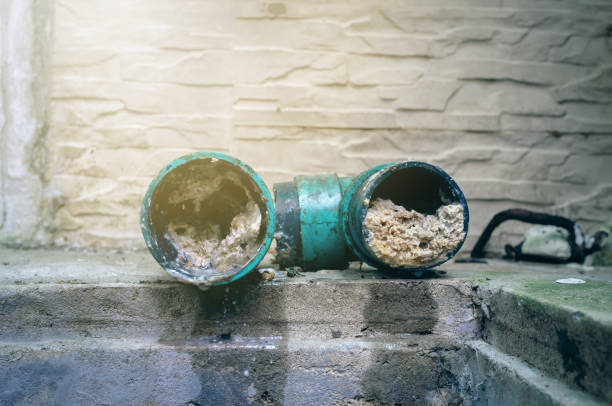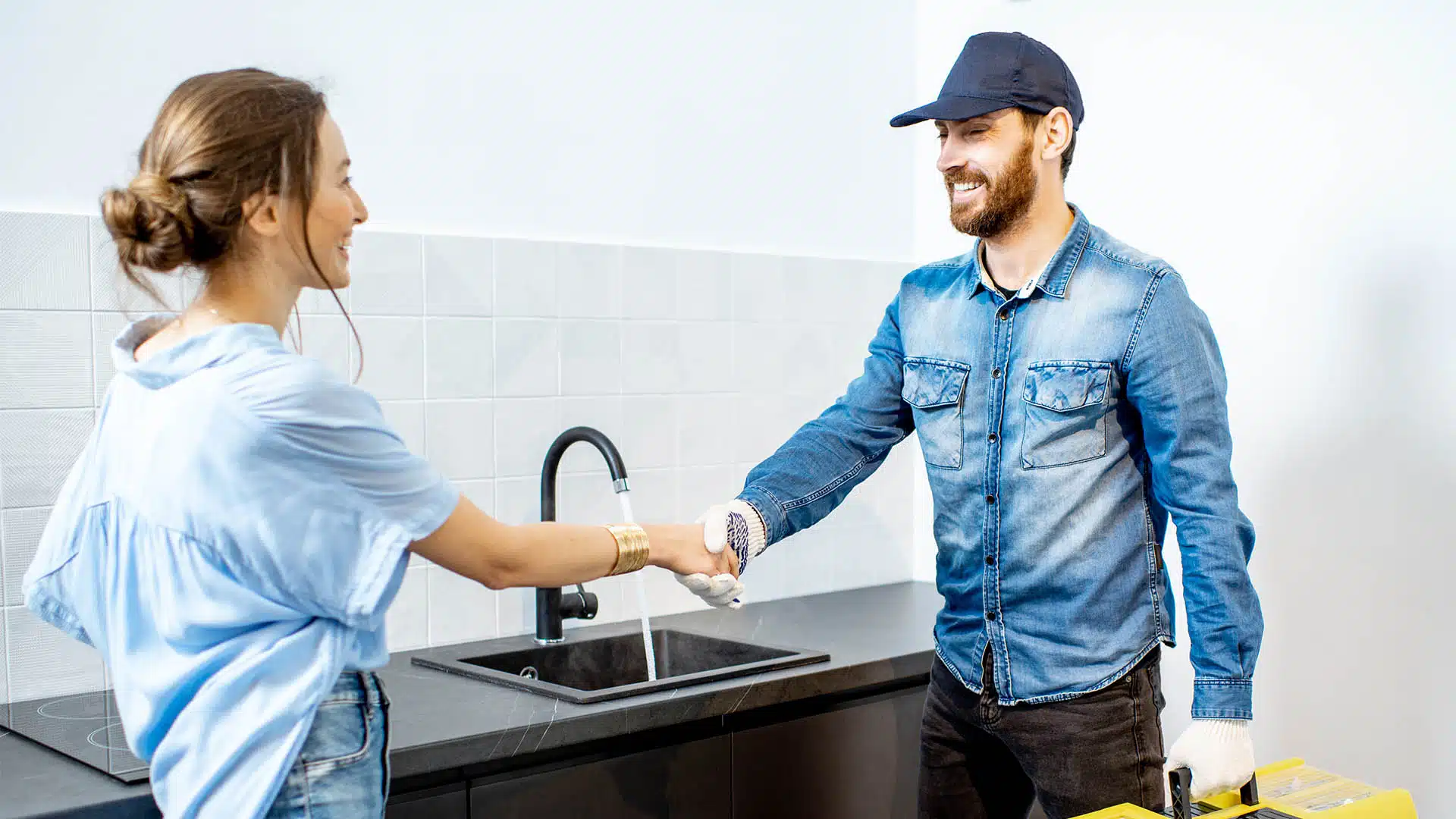
Essential Household Plumbing Repairs: A Comprehensive Guide to Fix Common Issues
When it comes to maintaining a comfortable and functional home, household plumbing repairs are crucial. From leaky faucets to clogged drains, plumbing issues can disrupt your daily life and lead to costly repairs if left unaddressed. In this comprehensive guide, we’ll explore common household plumbing problems and provide practical DIY solutions to help you tackle these issues efficiently.

Common Household Plumbing Issues and How to Fix Them
1. Leaky Faucets
A leaky faucet is more than just an annoying drip; it can waste hundreds of gallons of water and increase your utility bills. Here’s how you can fix it:
- Turn Off the Water Supply: Locate the shut-off valve under the sink and turn it off.
- Disassemble the Faucet: Remove the handle and the packing nut to access the cartridge or washer.
- Replace the Faulty Part: Inspect the cartridge or washer for wear and replace it with a new one.
- Reassemble and Test: Put everything back together, turn on the water supply, and check for leaks.
Keywords: leaky faucet repair, faucet cartridge replacement, household plumbing fixes
2. Clogged Drains
Clogged drains can cause water to back up, leading to potential water damage and unpleasant odors. Here’s a simple method to clear a clogged drain:
- Use a Plunger: Place a plunger over the drain and push down firmly, then pull up quickly to create suction.
- Try a Drain Snake: If plunging doesn’t work, use a drain snake to reach and remove the clog.
- Apply a Homemade Cleaner: For persistent clogs, mix baking soda and vinegar and pour it down the drain. Follow with hot water to flush out the debris.

Keywords: clogged drain solutions, drain cleaning tips, DIY drain unclogging
3. Running Toilets
A running toilet can waste up to 200 gallons of water a day. To fix it:

- Check the Flapper: Open the toilet tank and inspect the flapper. If it’s worn or damaged, replace it.
- Adjust the Float: Ensure the float is properly adjusted so the water level in the tank is correct.
- Inspect the Fill Valve: If the problem persists, you might need to replace the fill valve.
4. Low Water Pressure
Low water pressure can be frustrating and may indicate a bigger issue. Here’s what you can do:
- Check for Clogged Aerators: Remove the aerator from the faucet and clean it to remove mineral deposits.
- Inspect the Main Water Valve: Ensure the main water valve is fully open.
- Examine for Leaks: Look for leaks in the pipes that could be affecting water pressure.
5. Burst Pipes
Burst pipes can cause significant water damage. If you suspect a burst pipe:
- Shut Off the Water Supply: Turn off the main water supply to prevent further flooding.
- Drain the Pipes: Open the faucets to drain any remaining water.
- Contact a Professional: Burst pipes often require professional repair, so call a licensed plumber to assess and fix the damage.
Preventative Tips for Plumbing Maintenance
Regular maintenance can help prevent many common plumbing issues:

- Inspect Pipes Regularly: Check for signs of leaks or wear and tear.
- Use Drain Strainers: Prevent clogs by using strainers in sinks and showers.
- Avoid Chemical Drain Cleaners: These can damage pipes over time; opt for natural cleaning methods instead.
Understanding how to handle basic household plumbing repairs can save you time and money. From fixing leaky faucets to clearing clogged drains, being proactive about plumbing issues helps maintain a functional home. For complex problems, don’t hesitate to seek professional assistance to ensure your plumbing system remains in top shape.
For more plumbing tips and professional repair services contact Advantage Installations today!



